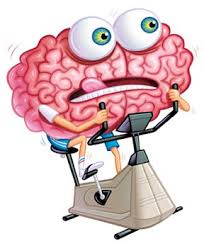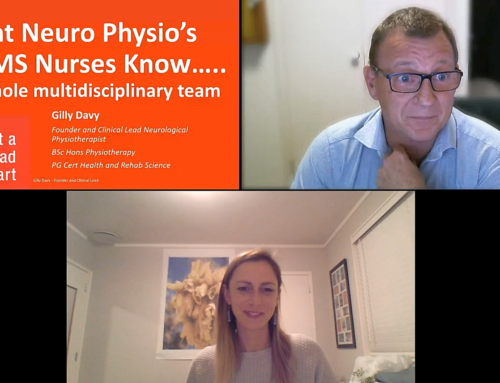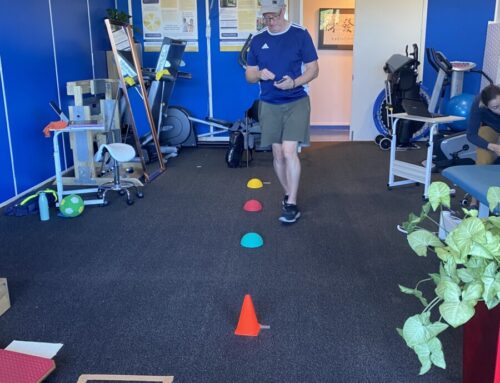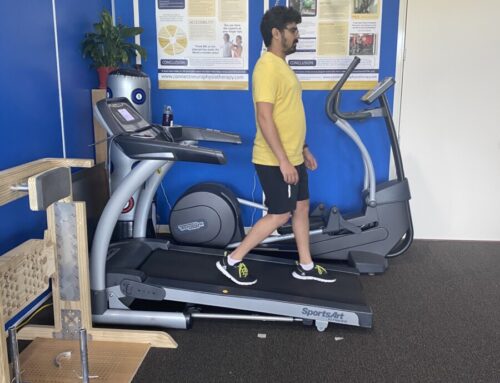Freezing of gait is often seen in conditions such as Parkinson Disease. It is an abrupt and unintentional interruption in gait progression, and happens when someone has difficulty starting or maintaining an effective stepping sequence. People often describe freezing of gait as feeling like their feet are stuck in mud or glue. It is a major contributor to falls, loss of confidence and decreased quality of life. Up to 80% of people experience freezing in later stages of PD, and around 20-25% in early stages.
There are several different triggers for freezing of gait; and more recent research has identified three subtypes of freezing.
- Physical – (Asymmetric Motor Group) – Most often experiences freezing when initiating steps, turning, in doorways etc
- Emotional (Anxious Group) – Anxiety leads to freezing – does not make a difference if ON or OFF medications
- Cognitive (Sensory Attention Group) – Difficulty with set shifting and dual tasking
Having an understanding of the underlying cause contributing to freezing of gait is really important, by knowing the trigger(s) we can focus on addressing this impairment and work to reduce freezing, reduce falls, improve confidence and increase activity levels, and hopefully improve overall quality of life!
In the past, the treatment for freezing of gait has really focused on cueing. It could be visual cues – like marks on the floor or stepping to a laser beam, auditory cues – like stepping to a metronome beat or to the beat of music or sometimes tactile cueing – like stepping when you feel the vibration through the handles of your walking frame. While there is absolutely a place for this type of training, there is also evidence to support the role of neuroplasticity in retraining freezing of gait. One of the challenges with the cueing strategies is that when or if it is taken away then the person is back to square one with freezing, whereas with training focusing on neuroplastic strategies they may have more tools to access to help them work through the situation.
Training to improve freezing of gait needs to be intensive – this means that you need to be physically fit enough to tolerate the intensity required to create neuroplastic change. We know that people who experience freezing are often more sedentary and lower exercise tolerance. This is because people who experience freezing often are not as active as they used to be, or are not walking as much for fear of falling. So, its really important to find a safe way to stay fit! Exercise bikes are a great option for staying fit and active, keeping up leg strength, and safe for most people with decreased balance or freezing episodes. Skill-based training needs to address the underlying cause or trigger causing freezing, so the subtype of freezing will help to guide the specific skills being focused on.
Make sure if you are experiencing freezing of gait that you’ve been assessed by health professional who can assess you to understand your triggers for freezing of gait, and help to set you up with a programme to improve your symptoms.






